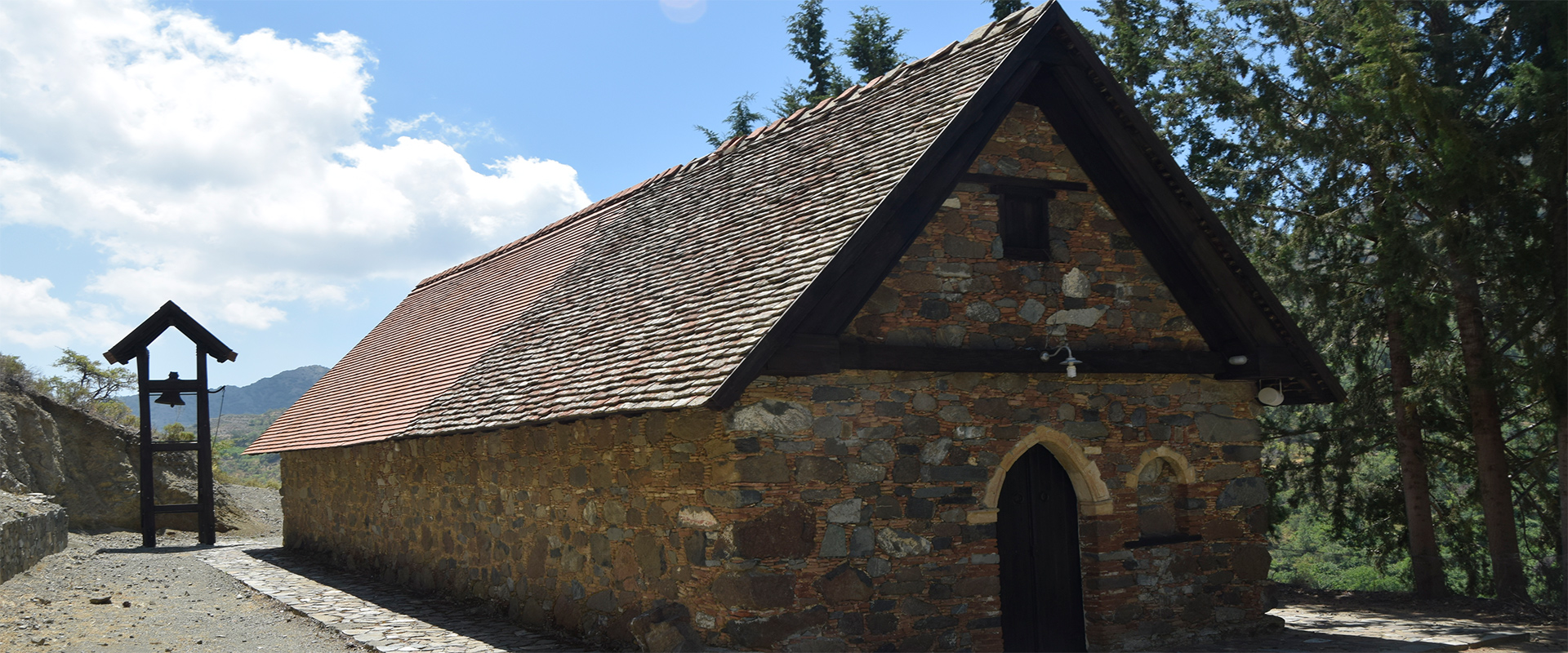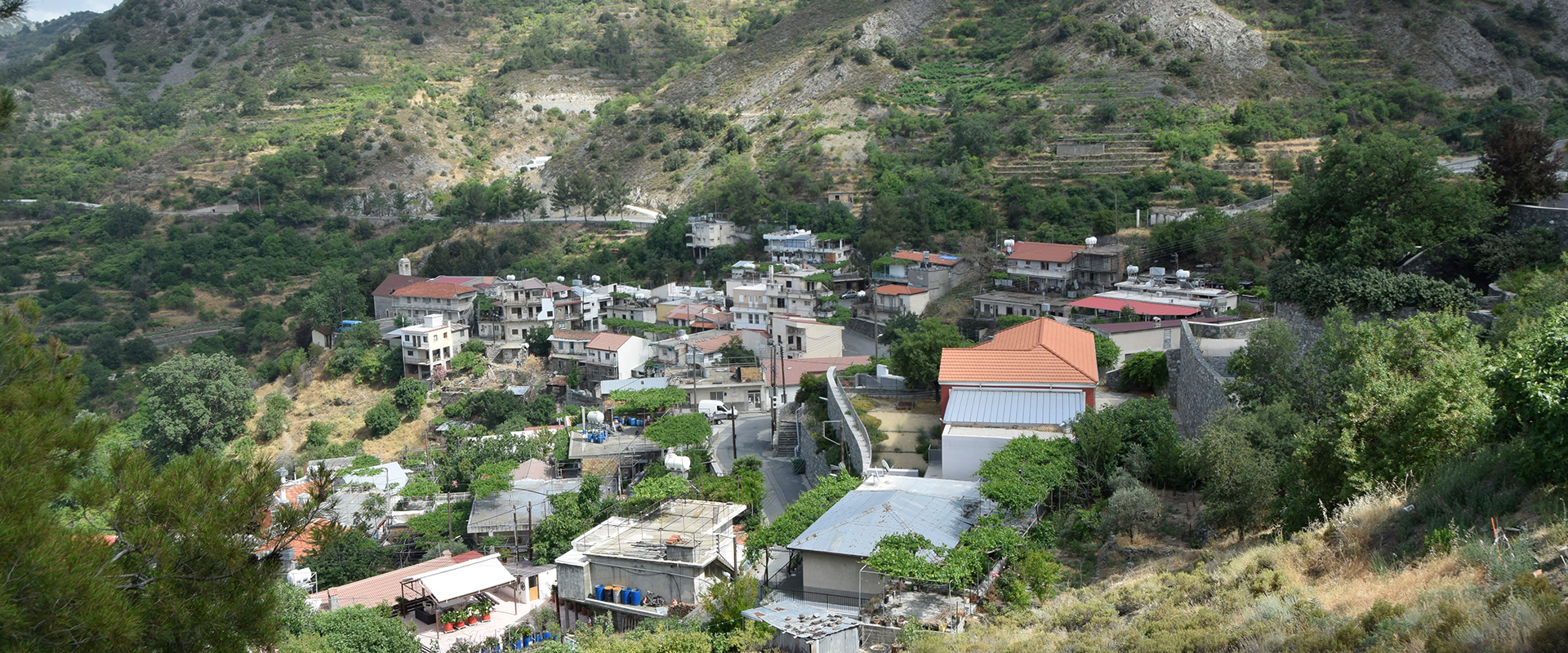Griva Digeni 9
What to see
Natural trail
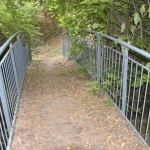
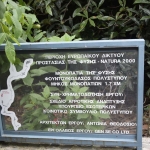
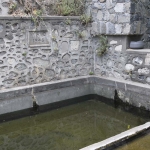
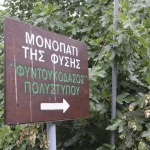
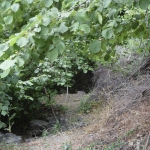
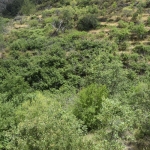
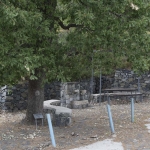
Hazelnut forest
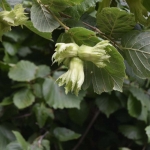
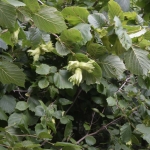
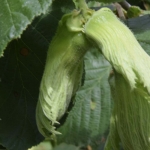
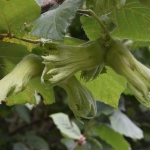
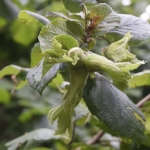
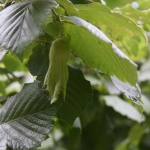
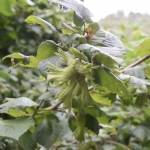
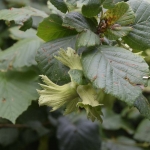
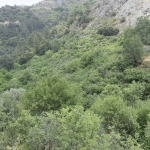
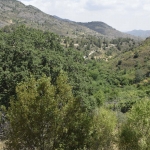
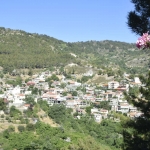
Natural environment
Polystipos is one of the 5 highest villages in Cyprus. It stands at an average altitude of 1150 meters above sea level. The climate in winter is cold and rainy while dry and mild during summer. Its average annual rainfall is quite high, especially during winter, autumn and spring. Sometimes even during summer. Snowfall is often heavy during winter.
Polystipos was bestowed by nature with many springs and running water. Vegetation in Polystipos is hence wild.
Architecture in the village is noteworthy, as the roofs of the houses were built with roman tiles produced locally. This beautiful site was denatured mostly after cement was introduced since 1960. However, the vineyards surrounding the houses throughout the village added to the community’s beauty and compensated for the loss of traditional architecture after 1960. Thus, Polystipos and the surrounding area seem like a wonderful painting that changes its colour when the seasons change. Summer in Polystipos feels like being in heaven.
On the mountain peaks stand a wild kind of oak trees; a bush that rarely becomes a tree, evergreen with deep green leaves, known as “latzia” or quercus alnifolia. On the same altitude stands the “invisible”, a tree similar to a cypress, that grows slowly; its wood is soft and has an intense scent. On some slopes, the visitor can see dense Venetian sumac plants, known as “rouda” locally. Further down, one can see pinus nigra trees with their deep green leaves and then the kingdom of pinus halepensis trees.
Then follows the kingdom of oak trees, or “klados” as it is known here by the elderly. There used to be an ancient forest in Polystipos. The worship of trees is still revealed in some of the customs of locals. This forest was destroyed by lumber jacks during the years between 1940 and 1954. Fortunately, 100 trees have been saved and the positive aspect is the fact that ever since goat stopped being breaded, oak trees have been growing in the area. Lumber jacks destroyed more than 650 oak trees.
Then starts the vineyard zone. It seems like a green covered carpet, like a frame of a painting from April to November, decorating the slopes of Polystipos. This frame is also decorated with fields filled with almond trees and wild vegetation (mostly with what is known as xystarka). During spring, this wonderful landscape is filled with the singing of the happy when mating partridge.
Our arrival at the valleys is the centre of nature’s charm. The green carpet of leptokarna is everywhere. During winter, when everything is naked the birds hibernate. In spring the nightingales are the lead singers of a choir of sweet singing birds. A journey on this earthly paradise is a unique and unforgettable experience. The fields in Polystipos filled with hazelnut trees are a rare biotope with rare flora and fauna harmonically coexisting. Summer and autumn in Polystipos are extraordinary.
There are hundreds of kinds of wildflowers in Polystipos. Cyclamens are the ones stealing your heart during Autumn, while violets blossom in the mid of March. Another kind of wildflower is “yellow violet” and “Virgin Mary’s tears”. The scents of flowers will make you feel like being in another world.
The natural environment of Polystipos is paradisiacal, attractive and once you see it, you will remember it for ever. If you reach the roots of “gourounias”, an old oak tree south of the church dedicated to Apostle Andreas, you will be able to enjoy the breathtaking view. His oak tree is surely more than 600 years old. It is an old but proud tree, one of the many oak trees near the church of Apostle Andreas.
When the lumber jacks tried to vanish the forest, the oak trees requested to be saved, Apostle Andreas saved them, as their request was just.
The next day, the chief lumber jack, Christofis tou Yirgarou suddenlt got sick. Their plan was destroyed and the forest was saved….
….Before leaving from Polystipos be sure to plan your next visit as its natural environment will have you enchanted …
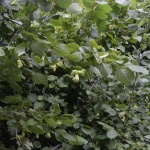
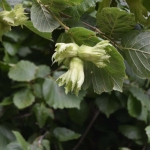
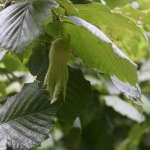
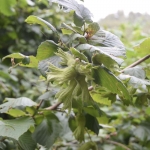
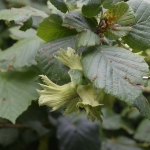
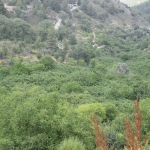
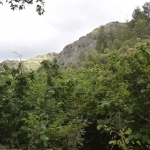
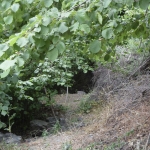
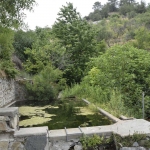
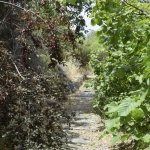
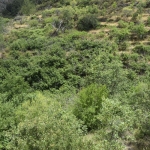
Short gateways
Since you had come from the city, then don’t lose the occasion to live for a few hours, a unique experience, enjoying the clean air and a walk, discovering the magic of nature.
Hazel Trees Valley –Hazel Trees Forest
This beautiful valley becomes green at the beginning of April and maintains its color up to autumn. In May you have the occasion to hear the singing of the nightingales and in August to try the tasty fresh hazelnuts.
The path for the hazel trees forest begins from “Vrysi” – a natural water source with pure water at the lower neighborhood of the village. The path goes downhill and you can see various species of trees such as walnut trees, pomegranates, and almond trees. However the hazel trees are fantastic. The vegetation of these trees is dense and look like bushes because they do not have only one trunk but they have up to 50 branches beginning from the ground.
Butterflies and small birds make the way even more beautiful. Undeniably the most important type of flora is the orchid Epipactis Microphylla, that blooms only next to the roots of a hazel tree. An endemic type for Cyprus that is not met elsewhere. This orchid has small white flowers that pop up at the beginning of every May. The path has duration of 35-40 minutes. You can cross a small stream and pass opposite, where the choices become two. Either you continue the course in the valley or you stop under the “Kladous tou Hadjimattheou”. Two very old enormous oak trees that embellish the region throughout the entire year. Then you can take the uphill rural street that drives you to the monastery of Apostle Andrea and to the main asphalt street that drives you to Nicosia.
Μαdari
The absolute calm and peacefulness, the banquet of the colors of autumn ? yellow, red, orange and brown, the white veils of winter, the green ornaments of spring, as well as the huge “Teisia”, have changed Madari into a paradise.
It’s an ideal place for romantic walks, study of flora and fauna, mountaineering, walking and much more.
Begin from the upper neighborhood of the village and take the uphill street for Lagoudera, Agros and Kyperounta. With a car in 5 minutes you will be at the borders of Nicosia-Limassol where you will see a relative plate and turn right to the uphill asphalt street. You will travel for another 5 minutes and the street will finish at an abandoned military outpost.
Park your car there and start walking. You will believe that you are at the top of the Earth. With a clean sky you can observe the entire Nicosia and Limassol. The immense peacefulness you carry you away and when you see the “Teisia of Madari” (natural stone walls) you will realize that nature is the best sculptor and architect of all the seasons. If you have time walk at the path of “Teisia”, (where it exists a relative plate), that goes perimetrically and finishes under the fire guardhouse that is found at an altitude of 1493 meters. In the course you will see “Latzies” (forest tree) that abounds in the region, “antrouklies”, “pemperisies”, “wild roses” and the “Aorato of Madari”, one of the 4 types that exist in Cyprus and that exists only in the Madari region. If you still bear after 1,5 hours of walking, go up to the fire guardhouse. The view will compensate you. You will never see in your life anything similar. With very good weather and little luck, without humidity and clouds, perhaps you will be able to see everything up to the southern beach of Turkey.
Return in your car from the rural street that passes above the path (10 minutes on foot) and return to the village or take the street for Limassol.
Every autumn the thousands vines of Madari, are submerged by the presumptive lovers, that participate in the collective festival of vintage, enjoying the tasty grapes, that are considered the best table Cypriot grapes.
Virgin Mary of Araka
Four kilometers from the village of Polystipos, in the village of Lagoudera, it is found the church of Virgin Mary of Araka. This temple belongs in the architectural type of single sloped temples with cupola and it was built in the dues of 12th century. The church murals were created in 1192 and has the most even line of murals mainly of the Byzantine period. You will admire God that will look at you with a great sympathy and will make you feel an immense peacefulness, it will make you feel contrition in front of the scene of Birth and the Assumption of Virgin Mary, but really you will remain rapturous in front of the Resumption. The monastery of Virgin Mary of Araka is included in the ten Byzantine monuments of Cyprus that belong in the World Heritage (UNESCO).
Ayiasmati Cross (Stavros tou Ayiasmati)
A monument that is included in the list of the World Heritage (UNESCO) and is not far away from the village of Polystipos. The church of Ayiasmati Cross is built in an amazing beautiful mountainous landscape near the village Platanistasa and it is found ten kilometers from the Polystipos.
This church belongs to the architectural type of wooden roofed temples and it was built in 1494. It is famous for having the most even line of murals of the 15th century.
Its murals’ technique belongs to the Cypriot faculty that is characterized by the gullible attribution of the figures, effervescent colors and the rich jewels.







